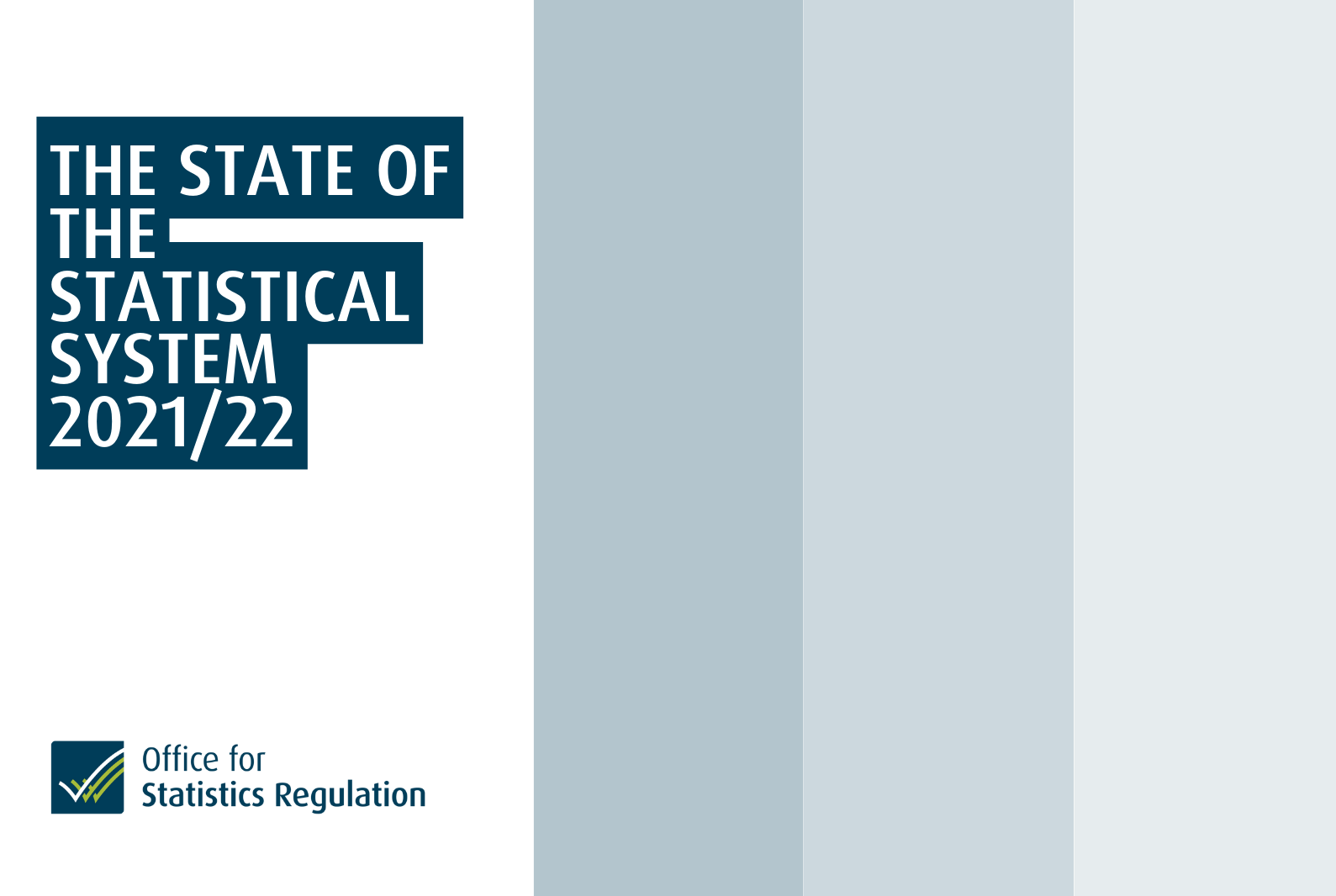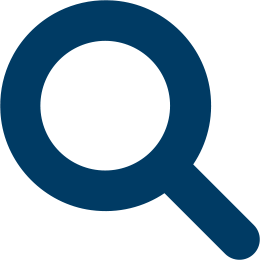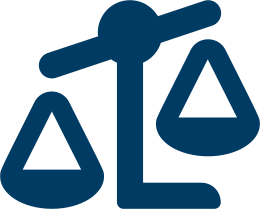Executive summary
This report, the third in our annual series of State of the Statistical System reports, draws together the findings from our regulatory work in financial year 21/22 to provide a deeper insight into the state of the UK’s statistical system.
We want to celebrate areas where the system consistently performs well and has improved over the past year as well as highlighting both continued and emergent areas for improvement.
- The statistical system has continued to deliver more timely, even real time, data and has shown it can respond quickly to the need for statistics on a range of topics.
We would like to see:
- Continued timely data on the topics that matter most
- Proactive horizon scanning for potential data gaps
- The system has widened its use of dashboard, portals and data tools to make statistics accessible. Producers must ensure that these provide insight through answering society’s key questions.
We would like to see:
- Producers continuing to use innovative ways to make statistics more accessible to deliver insight to a wider range of users.
- When developing dashboard and other data tools, producers to consider the questions they seek to answer and the audience, to ensure that they provide insight.
- Innovation and collaboration to share and link data has continued building on the success of the statistical system’s response to the pandemic, and will help the system to be more responsive and provide better insights into the key questions for society. However significant barriers remain to maximising the benefits of linked data.
We would like to see:
- A continued move to a culture within government of a willingness to share data and overcome barriers
- Collaboration throughout the whole process to ensure definitions and methodology are consistent
- Expansion of the Integrated Data Service to provide value for a range of stakeholders
- The system has improved collaboration between statistical producers and wider stakeholders including in areas beyond data linkage. This needs to continue and be expanded further.
We would like to see:
- Greater collaboration between statistics producers and wider stakeholders to enable statistics to better meet user needs.
- Improvements in the inclusivity of statistics through collaboration both within the system and more broadly.
- There have been innovations in how statistics are collected and produced, with new data sources and data collection methods being used and greater embedding of Reproducible Analytical Pipeline (RAP) principles.
We would like to see:
- Producers being proactive in identifying new and innovative data sources that can improve the quality of statistics and better meet user needs.
- Producers automating more of their statistical productions using RAP, in order to enhance the trustworthiness, quality and value of statistics.
- There has been greater use of technology and additional data sources, and statisticians working with others, both inside and outside the statistical system, to enhance the quality of statistics.
We would like to see:
- Wider use of technology, such as computer aided classification, to enhance the quality of statistics
- Greater use of other data sources, and linked data, to improve data accuracy and add extra value to outputs
- Statisticians working with others who can help ensure the quality of statistics
- To bring effective insight, it is important to communicate uncertainty around the estimates. Improvements are needed in this area.
We would like to see:
- Improved communication of the uncertainty within statistics
- Consideration of how uncertainty is communicated, using language that matches the complexity of the statistics presented in order to make products as accessible as possible
- The statistical system has demonstrated that it has a greater understanding of the need for transparency around statistics and data, and that this message is reaching beyond statistical teams. However, lack of transparency continued to be an issue on occasion.
We would like to see:
- Intelligent transparency being the default for all statistics and data
- Statisticians feeling confident and supported to ensure statistics are equally accessible to all
- Any limitations of the statistics and data are clearly and prominently explained to users to aid understanding and prevent misinterpretation
- Data are published where a user can easily find them
- Greater transparency is needed around development plans for statistics to enable users understand upcoming changes and help prioritise developments.
We would like to see:
- Development plans published as standard to enable all users to understand upcoming changes to statistics and help drive priorities for development
- There has been an increase in government statisticians challenging the inappropriate use of statistics and engaging directly with users to support understanding of statistics.
We would like to see:
- Producers being proactive in considering how their statistics might be misquoted or misused and including relevant information alongside the statistics to mitigate this risk.
- Departments empowering statisticians to communicate with users, challenge the inappropriate use of statistics and support understanding of statistics.
- Pressure on resource is increasing strain on the statistical system and threatens the embedding of the positive developments we have seen.
We would like to see:
- Departments ensuring that Heads of Profession have the skilled and resourced teams that they need to deliver statistics in line with the Code of Practice for Statistics.
- Conversations with a wide range of users to identify where statistics can be ceased or reduced in frequency or detail to save resource if appropriate
- Use of better infrastructure, processes and systems to ensure the efficient and sustainable delivery of statistics












